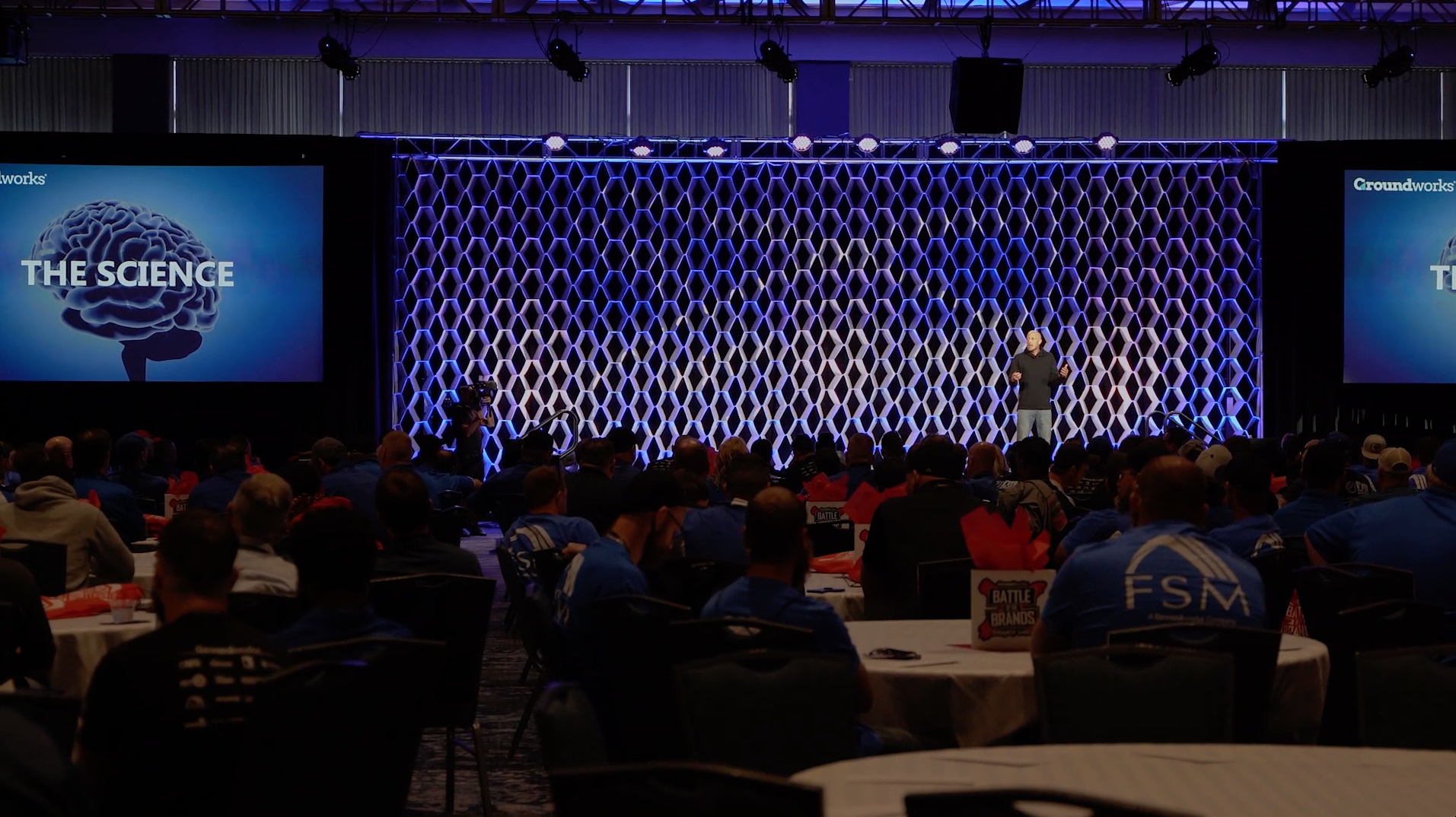Evolving, Expanding, Achieving: Energizing Healthcare Teams for Growth in 2025
The world of healthcare is relentless. High-stakes decisions. Constant emergencies. The weight of human lives in your hands. It’s a level of responsibility few professions can comprehend.
How do you show up fully present, make sound decisions under pressure, and still find space for growth in the middle of it all? More importantly, when do you—the caregiver—get the mental recovery you need after the hardest days?
These questions aren’t just philosophical. They determine the future of healthcare leadership. And the truth is, the old frameworks aren’t enough. The days of grinding through stress without consequences are over. If we want to evolve, expand, and achieve as individuals and teams in 2025, we need a new strategy for resilience—one that doesn’t just keep us afloat but empowers us to lead with clarity and strength.
The Science of Expansion Under Stress
Stress narrows focus. It keeps us locked in a reactive state, driven by survival rather than strategic thinking. Clinicians know this all too well—hours of rapid-fire decisions, patient emergencies, and protocol-driven actions leave little room for creativity or personal growth. But the most effective leaders don’t just operate under stress; they use it as fuel for expansion.
Research published in Harvard Business Review highlights that resilience isn’t about bouncing back—it’s about bouncing forward. The most adaptable leaders don’t just recover from adversity; they extract lessons from it, integrating those insights to expand their capabilities. But that only happens when we have systems in place to process and recover from stress rather than just endure it.
The Presence Paradox: Can You Grow While Staying in the Fire?
Healthcare professionals rarely get the luxury of stepping back. Unlike other industries, where leaders can carve out strategy time away from the front lines, clinicians are immersed in the work every single day. The key isn’t waiting for the right moment to grow—it’s creating micro-moments of presence in the middle of chaos.
After years of working in high-pressure environments—both in sports and business while navigating C-PTSD—I learned this the hard way. At one point, my own stress levels had me operating in constant survival mode. When I started experiencing severe withdrawal symptoms after coming off antidepressants, my nervous system was fried. My mind and body were always anticipating the next crisis. I’d push through the day but crash when I got home. My body was paying the price for years of overextension.
I used to think that resilience meant pushing through, no matter how depleted I felt. But eventually, I hit a wall. The key wasn’t just enduring stress but becoming aware of the signs that I was getting dysregulated—racing thoughts, shallow breathing, tension in my body. The real work was in catching myself in those moments and using simple tools to regulate my nervous system: slowing my breath, grounding myself in my surroundings, shifting my focus. Learning to integrate presence wasn’t about adding another task to my day—it was about noticing when I was spiraling and pulling myself back before I collapsed. That awareness became my most powerful tool for navigating stress and finding space to expand, even in the most high-pressure moments.
Strategic Recovery: The Non-Negotiable Factor in Sustained Excellence
If you don’t create space to recover, your body will force you to. The body and brain can only run on overdrive for so long before they break down. But what if recovery wasn’t something you did after burnout? What if it was an integrated part of your performance strategy?
One of the most overlooked aspects of resilience is what Stanford neurobiologist Andrew Huberman calls non-sleep deep rest (NSDR)—short moments of deliberate decompression that help the nervous system reset (Stanford Medicine).
For clinicians, that could mean:
- A 5-minute NSDR protocol between high-stress procedures
- Breathwork techniques that reset your nervous system in under 90 seconds
- Using guided visualization to shift from reactive to proactive thinking
These aren’t luxuries; they’re performance tools. The most elite performers—whether they’re trauma surgeons, ER nurses, or NBA athletes—have one thing in common: they integrate recovery into their routine before burnout forces them to.
Energizing Teams for Sustainable Growth
Organizations often talk about supporting their clinicians. But real leadership goes beyond verbal encouragement. It requires a systemic shift in how we structure teams, workflows, and recovery cycles.
- Psychological Safety Drives Adaptability: Studies in McKinsey & Company show that teams with high psychological safety outperform those with a fear-based culture. When clinicians know they can speak up, admit uncertainty, and ask for support without judgment, they become more adaptable in crisis moments.
- Micro-Debriefs Build Collective Resilience: The U.S. Navy SEALs use post-mission debriefs to extract lessons and integrate them instantly. Healthcare teams who adopt similar structures—quick, non-judgmental reflections on key decisions—experience stronger team cohesion and faster learning curves.
- Leadership Must Model Recovery: If leaders operate from depletion, their teams will follow. The best leaders don’t just push their teams to perform; they demonstrate recovery in action. That means advocating for structured downtime, creating buffer zones between high-stress cases, and openly discussing mental resilience strategies.
Moving Forward: The Expansion Mindset in 2025
The next era of healthcare leadership isn’t about doing more. It’s about leading in a way that fuels sustainable expansion—for ourselves and our teams. That starts with:
- Reframing stress as an opportunity for strategic growth
- Integrating real-time recovery tools into high-pressure environments
- Building psychologically safe cultures that encourage adaptation
Clinicians are some of the most resilient professionals in the world. But resilience isn’t just about survival. Sometimes, leveling up requires slowing down. It’s counterintuitive, especially in an environment that demands constant movement, but real growth happens when we create space to process, recover, and recalibrate. Using every challenge—every crisis, every hard day—as fuel for leadership doesn’t mean pushing harder; it means being intentional about how we move forward. The question isn’t whether you can handle the pressure. The real question is: How will you evolve under it?





